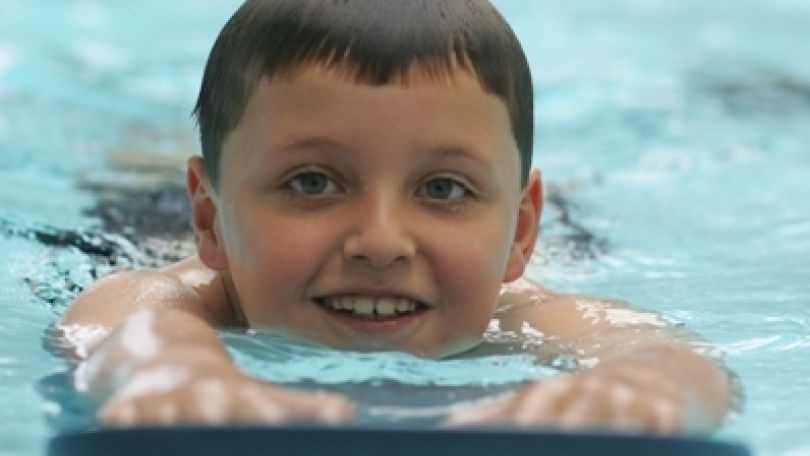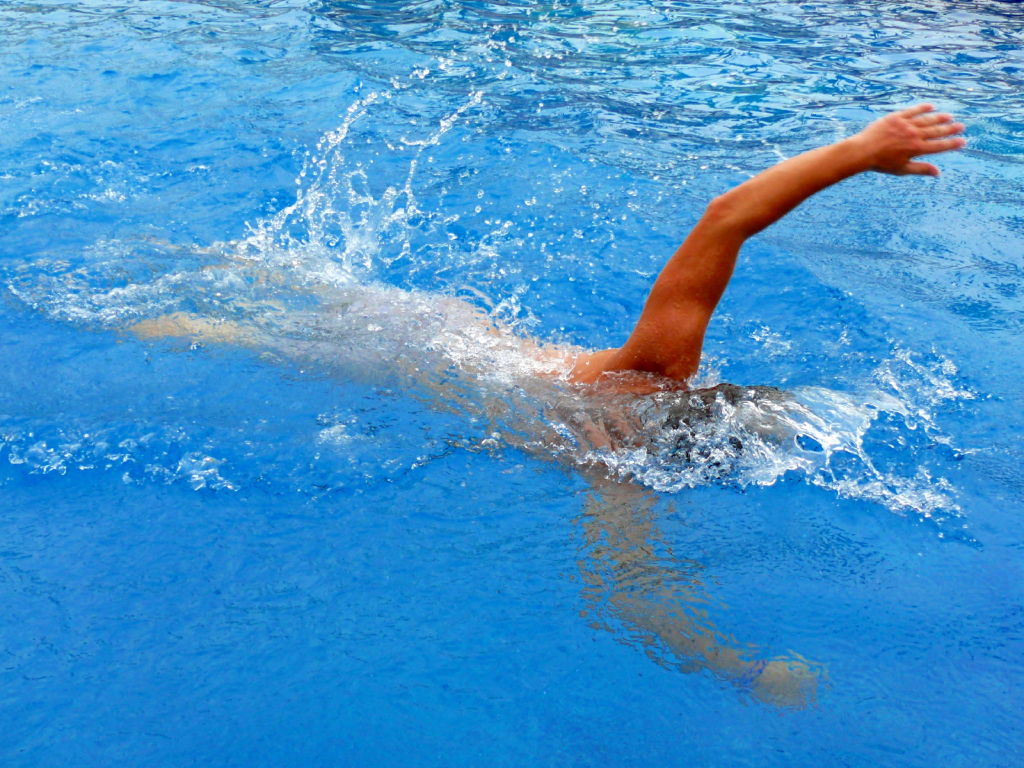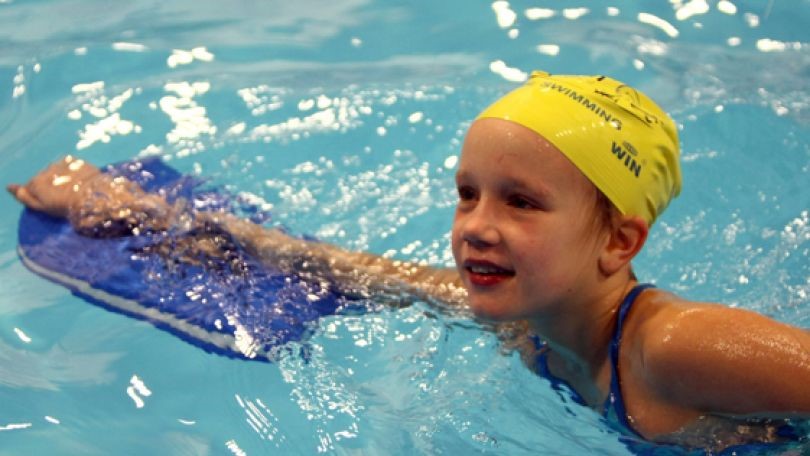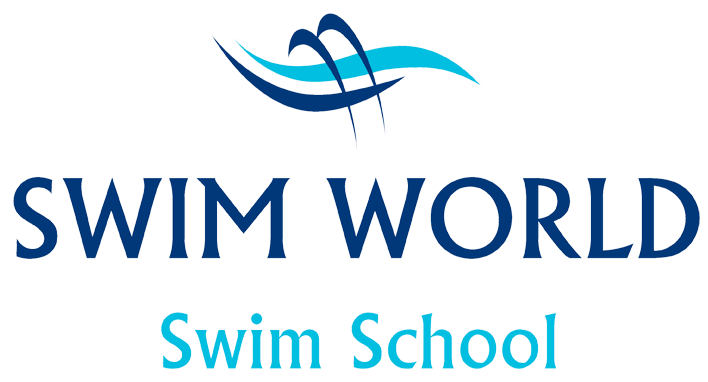Stage 1 of the ASA Learn to Swim Framework
Outcomes.
By the end of Stage 1 of the ASA Learn to Swim Framework your pupils should have reached 13 outcomes (full details are contained in the Teacher’s Complete Framework). Swimmers can complete these outcomes with or without aids, equipment or support:
| 1. Enter the water safely |
| 2. Move forwards for a distance of 5 metres |
| 3. Move backwards for a distance of 5 metres |
| 4. Move sideways for distance of 5 metres |
| 5. Scoop the water and wash face |
| 6. Be at ease with water showered from overhead |
| 7. Move into a stretched floating position using aids,equipment or support |
| 8. Regain an upright position from on the back with support |
| 9. Regain an upright position from on the front with support |
| 10. Push and glide in a horizontal position to or from a wall |
| 11. Take part in a teacher-led partner orientated game |
| 12. Demonstrate an understanding of pool rules |
| 13. Exit the water safely |
Stage 2 of the ASA Learn to Swim Framework
Outcomes
By the end of Stage 2 of the ASA Learn to Swim Framework, your pupils should have reached 10 outcomes (full details are contained in the Teacher’s Complete Framework). Swimmers can complete outcomes with or without aids, equipment or support:
| 1. Jump in from poolside safely |
| 2. Blow bubbles a minimum of three times rhythmically with nose and mouth submerged |
| 3. Regain upright position from the back without support |
| 4. Regain an upright position from the front without support |
| 5. Push from wall and glide on the back |
| 6. Push from wall and glide on the front |
| 7. Travel on the back for 5 metres, aids or equipment may be used |
| 8. Travel on the front for 5 metres, aids or equipment may be used |
| 9. Perform a rotation from the front to the back to gain an upright position |
| 10. Perform a rotation from the back to the front to gain an upright position |

Stage 3 of the ASA Learn to Swim Framework
Outcomes
By the end of Stage 3 of the ASA Learn to Swim Framework, your pupils should have reached nine outcomes (full details are contained in the Teacher’s Complete Framework):
| 1. Jump in from poolside and submerge (min depth 0.9m) |
| 2. Sink, push away from wall on side and maintain a streamlined position |
| 3. Push and glide on the front with arms extended and log roll onto the back |
| 4. Push and glide on the back with arms extended and log roll onto the front |
| 5. Travel on the front, tuck to rotate around the horizontal axis to return on the back. |
| 6. Fully submerge to pick up an object |
| 7. Answer correctly three questions on the Water Safety Code |
| 8. Travel 10 metres on the back |
| 9. Travel 10 metres on the front |
Stage 4 of the ASA Learn to Swim Framework
Outcomes
By the end of Stage 4 of the ASA Learn to Swim Framework, your pupils should have reached 13 outcomes (full details are contained in the Teacher’s Complete Framework). Swimmers should complete these outcomes without support:
| 1. Demonstrate an understanding of buoyancy |
| 2. Perform a tuck float for 5 seconds |
| 3. Perform a sequence of changing shapes (minimum of three) whilst floating at the surface |
| 4. Push and glide from the wall to the pool floor |
| 5. Kick 10 metres backstroke (one item of equipment optional) |
| 6. Kick 10 metres front crawl (one item of equipment optional) |
| 7. Kick 10 metres butterfly on the front or on the back |
| 8. Kick 10 metres breaststroke on the back (equipment optional) |
| 9. Kick 10 metres breaststroke on the front (equipment optional) |
| 10. Perform on the back a head first sculling action for 5 metres in a horizontal position |
| 11. Travel on back and roll in one continuous movement onto front |
| 12. Travel on front and roll in one continuous movement onto back |
| 13. Swim 10 metres, choice of stroke is optional |

Stage 5 of the ASA Learn to Swim Framework
Outcomes
By the end of Stage 5 of the ASA Learn to Swim Framework, your pupils should have reached 12 outcomes (full details are contained in the Teacher’s Complete Framework). Swimmers should complete these outcomes without support:
| 1. Perform a horizontal stationary scull on the back |
| 2. Perform a feet first sculling action for 5 metres whilst horizontal on the back |
| 3. Perform a sculling sequence with a partner for 30-45 seconds to include a rotation |
| 4. Tread water for 30 seconds |
| 5. Perform three different shaped jumps into deep water |
| 6. Swim 10 metres backstroke (refer to the ASA expected stroke standards sheet) |
| 7. Swim 10 metres front crawl face in the water (refer to the ASA expected stroke standards sheet) |
| 8. Swim 10 metres breaststroke (refer to the ASA expected stroke standards sheet) |
| 9. Swim 10 metres butterfly (refer to the ASA expected stroke standards sheet) |
| 10. Perform a handstand and hold for a minimum of three seconds |
| 11. Perform a forward somersault, tucked, in the water |
| 12. Demonstrate an action for getting help |

Stage 6 of the ASA Learn to Swim Framework
Outcomes
By the end of Stage 6 of the ASA Learn to Swim Framework, your pupils should have reached 11 outcomes (full details are contained in the Teacher’s Complete Framework). Swimmers should complete these outcomes without support:
| 1. Demonstrate an understanding of preparation for exercise |
| 2. Sink, push off on side from the wall, glide, kick and rotate into backstroke |
| 3. Sink, push off on side from the wall, glide, kick and rotate into front crawl |
| 4. Swim 10 metres wearing clothes |
| 5. Swim front crawl to include at least six rhythmical breaths (refer to the ASA expected stroke standards sheet) |
| 6. Swim breaststroke to include at least six rhythmical breaths (refer to the ASA expected stroke standards sheet) |
| 7. Swim butterfly to include at least three rhythmical breaths (refer to the ASA expected stroke standards sheet) |
| 8. Swim 25 metres, choice of stroke • is optional (refer to the ASA expected stroke standards sheet) |
| 9. Perform a ‘shout and signal’ rescue |
| 10. Perform a surface dive** |
| 11. Exit the water without using steps |
Stage 7 of the ASA Learn to Swim Framework
Outcomes
By the end of Stage 7 of the ASA Learn to Swim Framework, your pupils should have reached 10 outcomes (full details are contained in the Teacher’s Complete Framework). Swimmers should complete these outcomes without support:
| 1. Swim 25 metres backstroke (refer to the ASA expected stroke standards sheet) |
| 2. Swim 25 metres front crawl (refer to the ASA expected stroke standards sheet) |
| 3. Swim 25 metres breaststroke (refer to the ASA expected stroke standards sheet) |
| 4. Swim 25 metres butterfly (refer to the ASA expected stroke standards sheet) |
5. Perform a movement sequence of 1 minute duration, in a group of three or more, incorporating a number of the following skills:
|
| 6. Perform a sitting dive |
| 7. Swim 50 metres continuously using one stroke |
| 8. Swim 100 metres, using a minimum of three different strokes |
| 9. Tread water using eggbeater action for 30 seconds |
| 10. Complete an obstacle course (using minimum of four objects) with feet off the pool floor throughout |


